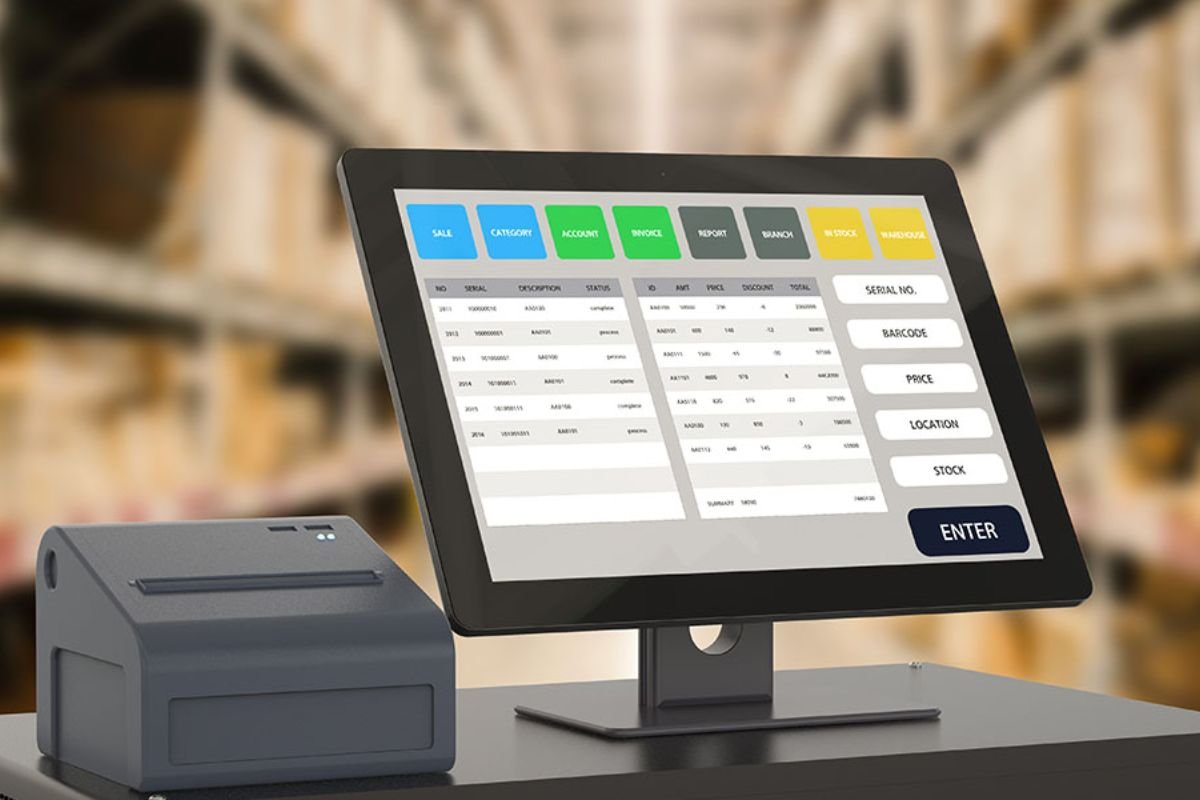As businesses expand their operations beyond their home turf, the need for fast and efficient cross-border trade has increased. Companies are no longer satisfied with the traditional way of conducting trade, which often included complex paperwork, multiple intermediaries, and long waiting times. The Single Window System (SWS) in customs is a solution to these problems, providing a simplified and streamlined process for international trade.
The SWS combines activities performed by various government agencies involved in trade, such as customs authorities, health and safety departments, and agriculture regulation agencies, into a single platform. In this way, traders need only submit their information once, and it will be accessible by all of the involved departments.
Despite its usefulness, many business people are still confused about what the SWS is and how it works. In this post, we will demystify the Single Window System, providing a comprehensive guide for anyone looking to use it to facilitate their international trade.
1. Understand the objectives of the Single Window System
When considering the implementation of a Single Window System (SWS) in customs, it is essential to understand the objectives that need to be achieved. The overarching goal of the SWS is to simplify and streamline the import and export process by allowing for a unified submission of all necessary documentation through a single electronic platform. Thus, the primary objectives of the SWS include reducing the time and cost of doing business, increasing transparency, improving efficiency, enhancing compliance, and facilitating international trade.
Achieving these objectives requires careful planning, collaboration, and coordination amongst all stakeholders involved in the customs clearance process. As such, customs administrations should aim to demystify the SWS to all stakeholders involved and help them understand the benefits and objectives of the system.
2. Analyze the benefits of using the Single Window System
The Single Window System is a vital tool used by customs administrations to streamline the cross-border flow of trade by integrating multiple government agencies involved in international trade into a single, online platform. This system has been widely adopted by customs authorities worldwide due to its numerous benefits, including increased efficiency, reduced costs, improved transparency, and enhanced risk management. By consolidating all trade-related information and documentation into a single platform, the Single Window System simplifies the process of submitting required permits, licenses, and certificates, reducing the time and resources necessary for clearance procedures.

Additionally, it enables governments to identify potential risks and intervene early to mitigate the impact on national security, public health, and other concerns. As such, the use of the Single Window System has the potential to facilitate economic development, promote trade, and lower the barriers to entry for small and medium-sized businesses.
3. Clarify the requirements for using the Single Window System
One of the most important steps in implementing the Single Window System is to clarify the requirements for its use. This involves identifying the legal and regulatory framework governing the import and export process, as well as the technical specifications for connecting to and exchanging data with the (SWS). Customs authorities must ensure that all stakeholders, including government agencies, the private sector, and the general public, are aware of these requirements and are able to comply with them.

This may involve conducting training programs and information campaigns to educate stakeholders on the benefits and procedures of using the Single Window System. Effective communication and coordination among all parties involved is essential for a smooth and successful implementation of the system.
4. Learn the process for using the Single Window System
The Single Window System is an automated platform that enables traders to submit their import, export, and transit-related data for regulatory compliance to a single point of entry. The system streamlines customs clearance, reducing the time, cost, and administrative burden for both government agencies and the trading community. If you’re looking to leverage this system for your business, it’s essential to understand the process for using it.
In this comprehensive guide, we’ll provide a step-by-step breakdown of the Single Window System process, including how to register for a Single Window account, submitting your declarations, and tracking the status of your applications. By the end of this guide, you will have a clear understanding of how to navigate the (SWS) and take advantage of its benefits.
5. Identify potential issues and solutions related to the Single Window System
The implementation of a Single Window System in customs has the potential to streamline processes and improve efficiency for both government agencies and businesses. However, identifying potential issues that may arise during this transition is crucial. One potential issue is the compatibility of the (SWS) with existing technical infrastructure. Agencies may experience challenges when integrating this new system with legacy systems, leading to delays in processing times.
Another challenge is ensuring data accuracy and security across all agencies involved in the process. To mitigate these issues, proper planning and communication between all involved parties is essential. Regular training sessions should also be held to educate users on the system and its functionalities, and testing should be conducted before the full launch of the system. These steps can ensure successful implementation and smooth operation of the (SWS).

In conclusion, the Single Window System is a crucial innovation in customs that eliminates the complex and time-consuming process of manual document submission by providing a one-stop platform for all stakeholders. Its adoption has led to a significant improvement in the efficiency and transparency of trade facilitation, reducing the cost of doing business, increasing revenue collection, and promoting economic growth. With this comprehensive guide, we hope that businesses and traders will have a clear understanding of the benefits and procedures involved in the (SWS) and maximize its advantages for their operations.






